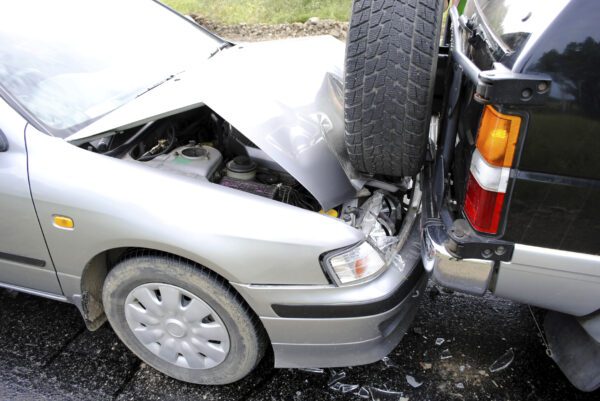
The annual Central Maine Family Christmas Dinner went from joyous to somber this year after a tragic accident claimed the life of 56-year-old Kathy Marciarille two days after Christmas. Marciarille, who was a volunteer for the event, fell from a horse-drawn wagon and was struck by a vehicle that was closely following the wagon.
The Waterville Elks Lodge hosts a Christmas dinner, which attracted 850 guests this year, and includes visits from Santa Claus, carol singing, and free wagon rides. As the event ended, volunteers and their families were also offered wagon rides. The incident occurred when a sedan escorting the hayride rear-ended the wagon, ejecting Marciarille, who became pinned under the sedan; the driver of the sedan was fellow volunteer, 68-year-old Richard Libby.
“The sun was shining pretty bright and blinded me,” Libby said. “The whole windshield was all white and yellow. I couldn’t see anything. Before the car came to a stop, I felt the car go up and down. I didn’t see the trailer. I didn’t see anything.”
Marciarille was freed and rushed to a local hospital, where she was transported via LifeFlight helicopter to Maine Medical Center in Portland. She succumbed to her injuries two days after the accident. Police are currently reconstructing the accident and conducting an investigation to determine the next course of action.
Determining liability for rear-end collisions
Drivers who cause rear-end accidents are almost always deemed to be at-fault, regardless of how quickly the driver in front of them has stopped. This is because the driver behind the stopped vehicle should know how to properly gauge their breaking distance in order to avoid a collision. In fact, many insurance companies don’t bother arguing about liability when it concerns a rear-end accident.
There are, however, a few circumstances where a rear-end collision will not follow the established liability rules. Rear-end accidents that involve multiple vehicles are handled a bit differently. For example, if cars A, B, and C are in a chain-reaction crash, vehicle C is at fault, since their vehicle struck car B, which then rammed into car A.
The comparative negligence defense
Comparative negligence is another type of circumstance that may make the victim partially at-fault for a rear-end collision. Comparative negligence is a counter defense that proves that the actions of the plaintiff contributed, in part, to the car accident. This allows the fault to be divided into percentages.
For example, if driver A brakes suddenly and they have broken tail lights, driver B, who is behind them, is unable to see that the vehicle is stopping, which can lead to the rear-end crash. If driver A was found to be 20% percentage responsible for the accident, they are only entitled to 80% of the compensatory damages.
If you or someone you know has been injured in a rear-end collision, call our experienced Maine accident lawyers. Hardy, Wolf & Downing is prepared to evaluate your case and offer answers to all of your legal questions. Call 1-800-INJURED to schedule a free, no-obligation consultation today.

